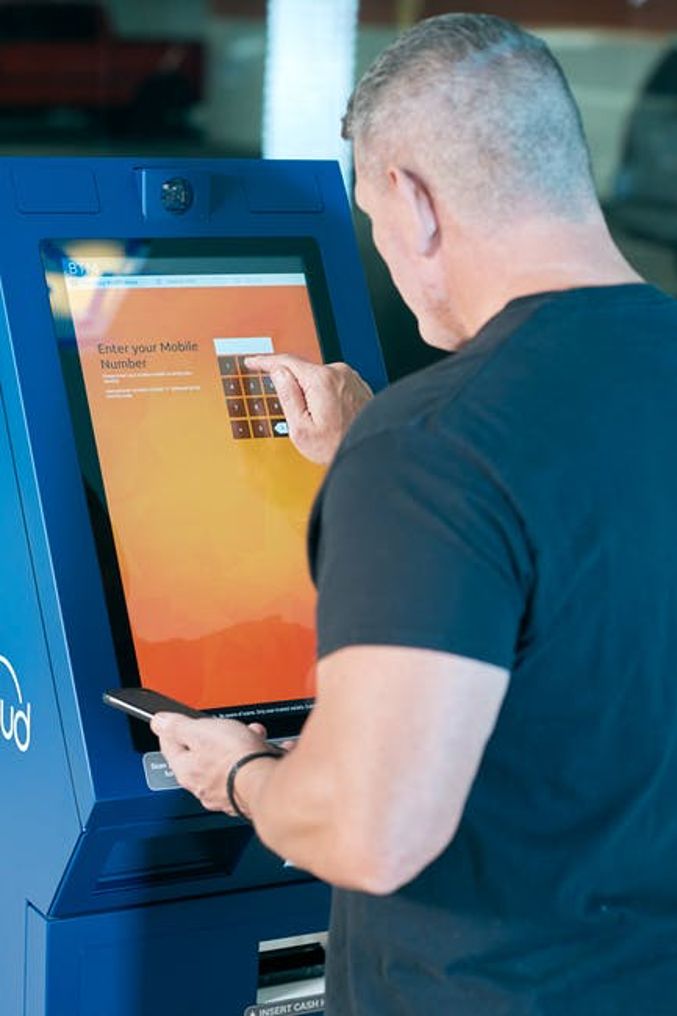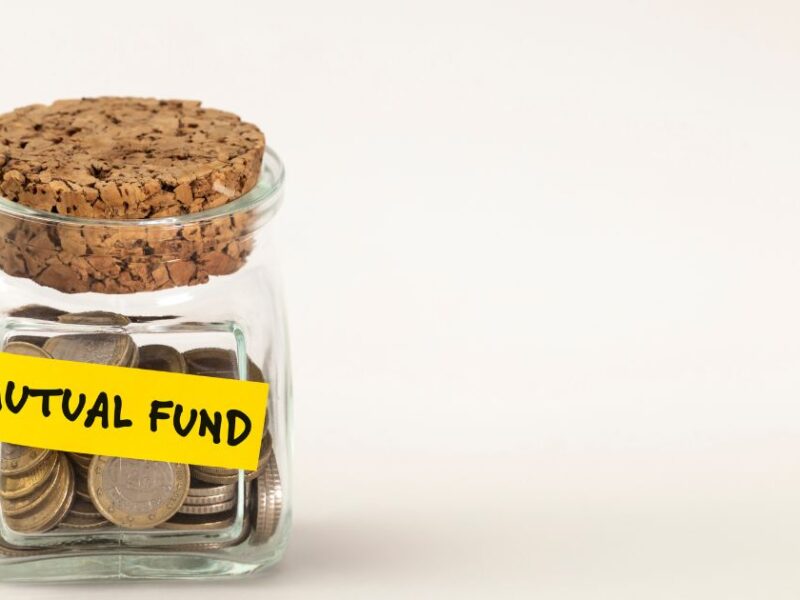There are around 100 million verified bitcoin users. This is probably due to how easy it is to make the investment. With a few clicks of a mouse, you can be on your way toward buying and selling cryptocurrency.
One of the simplest ways to get your hands on digital funds is to use a bitcoin ATM.
How does a bitcoin ATM work? It’s sort of like using a bank ATM, except instead of receiving physical cash, you’ll get digital currency. Not only are bitcoin ATMs simple to use, but they’re also secure and fast.
Are you ready to get started? Check out this guide to learn all you need to know about bitcoin ATMs.
How Does a Bitcoin ATM Work?
As stated above, a bitcoin ATM works a lot like a bank one. While some machines will let you sell cryptocurrency, most of them only have the option for you to buy them.
If someone close to you needs funds for one reason or another, you can use a bitcoin ATM to send digital currency their way.
Most bitcoin ATMs won’t allow you to use credit cards to complete transactions, so have your cash or debit card ready. You’ll also need to have some form of ID on you and your crypto wallet.
Setup a Crypto Wallet
Your crypto wallet is a device that will allow you to store your bitcoin. More accurately, it holds the private keys that you need to access the funds that are associated with your address.
You won’t be able to use a bitcoin ATM without setting up a wallet before you go. To this end, you can choose a hot or cold wallet. Both come with their own set of pros and cons.
Hot Wallets
You can only use hot wallets while you have an internet connection. They’re easy and convenient to use, making them a great choice for newbies. This being said, since they work off an internet connection, they’re vulnerable to hackers.
The main types of hot wallets you can pick from are mobile, web-based, and desktop.
Mobile Wallets
Mobile wallets put your cryptocurrency right in your pocket. You’ll be able to access an ATM or use your funds no matter where you are on the globe.
They’re one of the easiest ways to send and receive bitcoin, but you do have to be careful with them. If you don’t have a lock setup on your phone and somebody gets their hands on it, they’ll have access to all your apps. That includes your wallet.
Phones are also vulnerable to malware, so make sure you download a mobile antivirus of some kind.
Web Wallets
Web wallets will allow you to use your funds from the comfort of your web browser. Oftentimes, these wallets are controlled by a third party.
What that means is you won’t own your private key. For you to complete a transaction, someone else will have to sign off on it.
Still, they’re easy to use, and for some people, not being responsible for something as important as their private key is a relief.
Desktop Wallets
Desktop wallets use encryption technology to securely store a person’s keys on their computer. Most of them are free to use, and you won’t have to worry about going through a third party to make transactions.
If you prefer the ease of hot wallets but the security of having a cold one, some desktop wallets give you the option to use them offline.
Speaking of security, desktop wallets are vulnerable to malware. If you get a virus, a hacker could gain access to your cryptocurrency.
If you happen to lose your laptop, anyone who finds it will be able to get into your digital wallet.
Cold Wallets
You can use a cold wallet without having an internet connection. They can be expensive and pretty low-tech, but they’re also not as vulnerable to hackers as hot wallets are.
As far as choices go, you only have two. These are paper wallets and hardware wallets.
Paper Wallets
Paper wallets are the lowest-tech option available. If you choose to get one, you’ll have a piece of paper with your private keys written on it. Some of them contain QR codes that make using them at a bitcoin ATM a little easier.
Since paper wallets are completely offline, you don’t have to worry about hackers, and you won’t have to get permission from a third party to complete transactions.
The downside is that paper is easy to lose. If someone manages to pickpocket your wallet from you, they’ll have access to your digital funds. If your child decides to use your paper wallet as their own personal coloring book, your keys will be lost forever.
Hardware Wallets
Hardware wallets can be expensive, but they’re not quite as easy to lose as paper ones. They’re physical devices (such as a flash drive) that you can plug into your computer to open your wallet.
They’re secure and available in most stores where you can buy electronics. Hardware wallets can be a bit small, which makes them easy to lose. They’re also tricker for beginners to use.
Pros of Bitcoin ATMs
So, why should you bother learning how bitcoin ATMs work? The answer is that they’re simple to use.
If you know how to use a regular bank ATM, you know how to use a bitcoin one. They’re also a quick way to deal in digital currency, they’re super secure, and they work as an amazing cash conversion method for travelers.
Speedy Access
Depending on what bitcoin ATM you go to, you can complete your transaction in under a minute. Since there aren’t a lot of people using these ATMs, you won’t have to suffer the same kind of lines that you do at the bank.
It’s also faster than dealing in cryptocurrency online. Once you complete your transaction, you may have to wait days to see your bitcoin in your wallet. When you use an ATM, it will appear in under ten minutes.
Convenience
When you use an ATM instead of a website to buy and sell bitcoin, you will have to leave your home. Even so, it’s a pretty convenient process.
For one, if you live in a big city, you’ll find ATMs in many major restaurants, airports, and convenience stores. For two, you’ll be able to complete your transaction in only a few clicks.
They’re Easy to Use
One thing that puts people off from using bitcoin ATMs is the fact that it’s new technology. They fear that it’s difficult to use.
In reality, even the least tech-savvy person in the world can work one. The machine walks you through the entire process.
Security
If you can’t verify your identity at a bitcoin ATM, you won’t be able to complete a single transaction.
One of the first things the kiosk will ask you to do is present some form of government ID. So, even if someone gains access to your keys and tries to pass themselves off as you, they won’t get too far if they don’t have your driver’s license.
They’re Amazing for Travelers
One of the most frustrating parts of traveling is waiting in long lines to convert your cash. If you want to skip the line at the foreign exchange desk, look for the nearest bitcoin ATM.
You’ll be able to exchange your cryptocurrency for cash that correlates to the country you’re in.
Cons of Bitcoin ATMs
Nothing good comes without a few cons. Bitcoin ATMs are no exception to this rule.
They often have high transaction fees, they can be difficult to locate, and you may have to deal with bad tech support when problems arise.
High Transaction Fees
The most common complaint that people have with bitcoin ATMs is the user fees. Most machines charge under 10% of the total cost of the transaction, but they can go up as high as 30%.
It’s a simple case of supply and demand. Since crypto ATMs are still new, not many people are using them. As they get more popular, the fees should decrease.
Until then, the best thing you can do is find an ATM location map. Most of them will tell you where to find a particular ATM and let you know what kind of fees you can expect to pay.
They’re Hard to Find
There’s no shortage of bitcoin ATMs in big cities. Again, you can find them in restaurants, airports, and even convince stores.
If you live in a rural area, however, you may have to drive some distance to find a machine.
Bad Tech Support
Like regular bank ATMs, bitcoin machines are subject to errors and malfunctions. When software issues occur, it can take weeks for a technician to come out and fix the machine.
If the machine breaks while you’re in the middle of a transaction, you’ll have to get on the phone with the ATM operator to ensure that you get your funds.
Buying Bitcoin
To begin, you’re going to set up an account with a bitcoin operator. The process is straightforward and only takes one or two minutes.
Once that’s ready, go to the operator’s site to get a map that shows their ATM locations (you can go here to learn more). Drive to the ATM and plug your wallet information into the machine.
Insert the cash that correlates to the amount of bitcoin you want to buy. Verify that all the information is correct on the screen and hit the confirm button.
The ATM will give you a receipt that will show you how much bitcoin you bought plus the transaction fees you paid. You should see the amount reflected in your wallet within ten minutes.
Selling
Selling bitcoin is almost as simple as buying it. As before, you’ll need to set up an account with the operator and log into it once you arrive at the kiosk.
Enter the amount of bitcoin you want to sell along with the wallet information that you want to sell it from. Once you confirm the transaction, you’ll have to wait for it to be verified by the blockchain.
This process can take a little while, but don’t worry. You’ll get a text message when it’s time for you to get your cash. You’re more than welcome to find something to do instead of sitting at the machine.
Please note that a small portion of your money will be taken up in transaction fees.
Transferring to Another Person
If you have a loved one who’s short on cash, you can send it to them in the form of bitcoin. Once you arrive at the machine, log in to your account and type in the amount of money you want to send.
Instead of plugging in the address associated with your wallet, you’ll type the address of the recipient. Make sure all the information is correct on the screen before you insert your cash and send the transaction through.
Learning the Ins and Outs of Bitcoin ATMs
How does a bitcoin ATM work? As you can see, it’s as simple as using the ATM at your local bank. As long as you follow the prompts on the screen, you’ll be able to buy, send, and sell bitcoin in a matter of minutes.
Despite the tech issues that sometimes come with using an ATM and the difficulty with finding one, they’re much more confident than dealing in cryptocurrency online.
For tips that will help you manage your digital funds, visit the Finance section of our blog.


